The Manongs in Chinatown & Interethnic Solidarity
Because of the racism and xenophobia that existed during the Manong generation, Filipina/o laborers and immigrants were only able to settle and find housing in already existing ethnic and racial enclaves in San Francisco.
Photo by Pacifico Mortel
In the Fillmore, which was long known as a Japanese American community, and later on an African American community, 1,400 Filipinos and their families once comprised the largest Filipino community in San Francisco in the 1940’s. At the outbreak of WWII, Japanese internment evacuated Japanese families from their homes, and the homes were forced to sell at lower prices to Filipino and African American families.
Adjacent to San Francisco’s Chinatown, Filipinos found housing off of Kearny and Jackson streets in the first decades of the 20th century. This location was close to downtown, where young Filipino and Chinese men worked as cooks, waiters, bell-hops, chaffeurs, and cleaners. Some opened businesses serving primarily Filipino clientele: the Santa Maria Restaurant, Tino’s Barbershop on Kearny Street, the Bataan Drug Shop, and the Bataan Pool Hall.
LIVING IN THE I-HOTEL AND MANILATOWN-CHINATOWN, YOU REALIZE THE NEED OF FILIPINOS AND CHINESE TO LIVE WITHIN THEIR COMMUNITY, WHERE THEY COULD FIND THE DAY-TO-DAY THINGS THAT THEY COULD NOT FIND LIVING IN, SAY, THE TENDERLOIN-A CHEAP HOTEL, THEIR FOOD, THEIR FRIENDS. [IT] WAS A BEAUTIFUL PLACE, WITH CAMARADERIE. - I-Hotel Resident Peter Yamamoto
Much like how ordinary San Franciscans avoided Chinatown, due to belief it was dirty and disease-ridden, San Franciscans also avoided Manilatown because of the belief that Filipinos were dangerous, socially undesirable, and trouble-makers. Legislations kept Filipinos from owning land, which was meant to keep them transient, staying in labor houses and single-room-occupancy buildings alongside Chinese and Japanese bachelors. Anti-miscegenation laws and immigration restrictions kept many manongs from starting families. Many Manongs found comfort in patronizing the Taxi dance halls, pool halls, and even gambling halls and brothels along Manilatown and Chinatown. It was in these strifes that Filipino, Chinese, and other Asian Americans built familial bonds that would eventually lead to the inter-ethnic solidarity that fought for the I-Hotel.
Photo by San Francisco Chronicle
As a center for Filipino and Asian American activism in the 1970’s, the International Hotel housed many organizations like the Asian Community Center, Kearny Street Workshop, and the Chinese Progressive Association. (Many of these organizations supported Chairman Mao Zedong, which conflicted with Chinatown leadership and contributed to attacks against the I-Hotel.)
During the urban renewal of San Francisco and development of the Bay Area Rapid Transit, the tenants of the International Hotel were given eviction notices in 1968. The fight for the I-Hotel became a symbol for fighting for the self-determination of the now elderly Chinese, Japanese, and Filipino residents. The I-Hotel saw support from all different groups, like Jim Jones of the People’s Temple, the Third World Liberation Front, and many Filipino activists fighting against Marcos. Throughout the 20th century, the Manongs have seen support from many communities (Chinese, Asian American & African American) in their fight for rights and equitable housing in San Francisco.
What was your family’s immigration story? How did they get to the US? Who helped them along the way, and what others did they help out?
Want to learn more?



